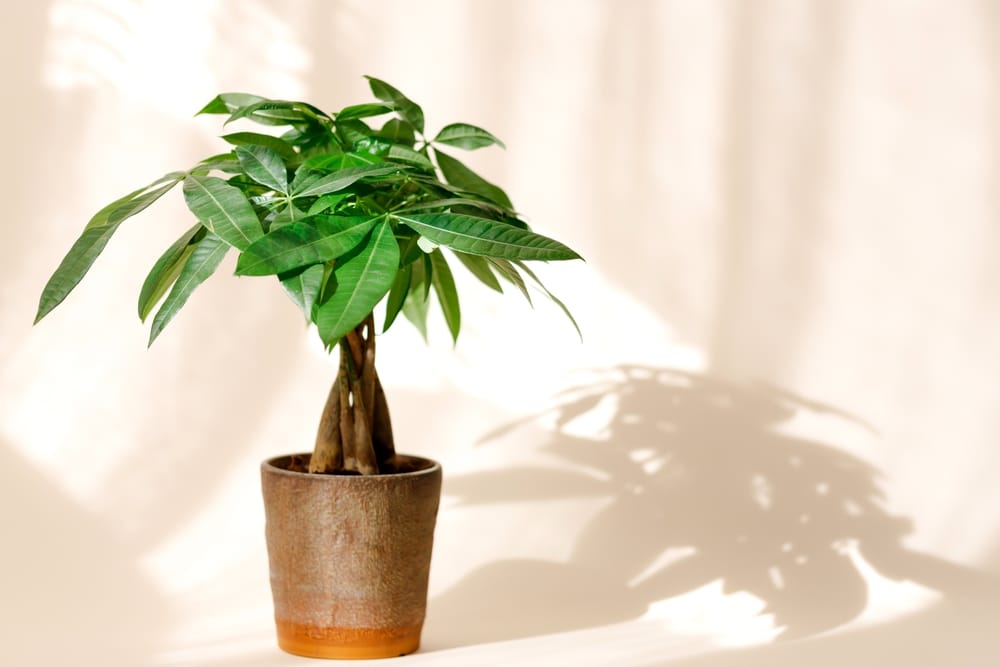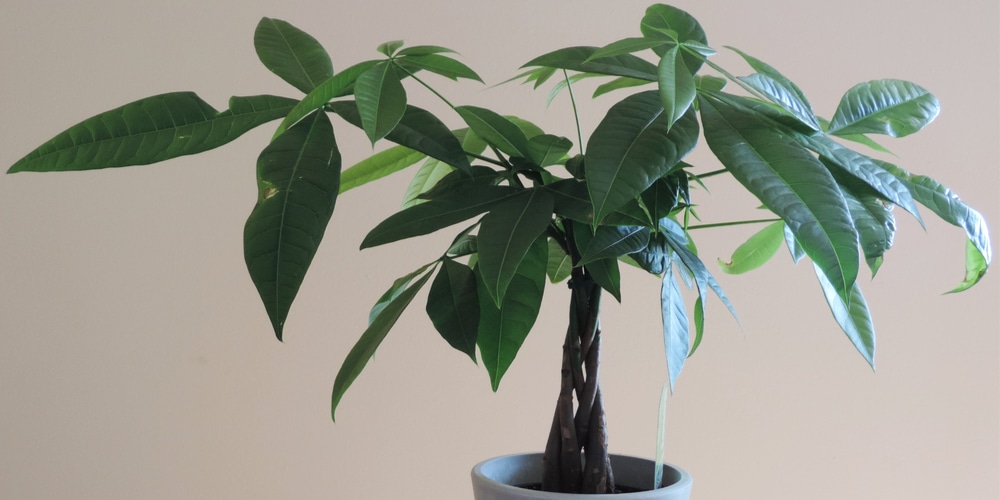Money trees are beautiful, deeply symbolic plants that have been gracing the homes of humans for years. Widely known as one of the best plants for ushering in wealth and prosperity, this tree is widely known as a bonsai tree.
If you have one of these aesthetically pleasing plants, you will likely need to re-pot it at some point. When this happens, you must be planted in the appropriate soil to thrive. Below is some information on the best soil for a money tree and how to care for it.
Why Does Soil Matter?

It can be easy to assume that all plants can simply be put in the ground and expected to grow. This assumption is naïve, however, because different plants will require specific types of environments. Certain variations such as moisture and pH level can affect your plant’s growth.
Fortunately for the money plant, the soil it needs is sold at most gardening centers and is not difficult to maintain.
What Type of pH Does a Money Tree Need?
The pH of a soil is a measurement of how acidic or alkaline a soil is.
Neutral to slightly acidic soil is the preferred environment for the money tree. A balance of 6.0 to 7.5 will keep it happy and provide it with the necessary nutrients for growth and survival.
What Type of Soil Does the Money Tree Prefer?
The money tree thrives in a well-draining, loamy potting soil. If the plant is left to sit in too much moisture, it risks infection or root rot. Using soil that absorbs moisture and a pot with drainage can prevent this occurrence.
Adding sand, pebbles, and perlite are excellent options for helping soil dry out completely. Bright, indirect light is also a great way to keep the soil from becoming muddy. If the money tree is grown outdoors, it will usually tolerate full sun, and root rot is less of an issue.
How Often Does the Soil Need To Be Changed?
For the most part, money trees only need a new pot of soil every two to three years. Between changes, you can keep money trees healthy by feeding them fertilizer monthly. Use caution with fertilizers because overusing them can dry out and kill the plant.
Common Money Tree Problems
If you notice your plant is often wilting or falling apart, there could be several explanations, but not all of them pertain to the money tree soil. Below are some common issues people experience with money trees.
Overwatering or Underwatering
Most plants will be negatively affected by too much or too little water. Depending on your hardiness zone and what season it is, you may need to provide your money tree with more or less water.
If the soil is consistently dry and the leaves shrivel up and turn brown, it likely isn’t getting enough water. Too much water, however, will cause leaves to turn yellow and eventually fall off. That is a symptom of root rot as well.
Insufficient Light
Although most money trees will tolerate plenty of shade, nearly every plant requires sunlight to survive. Try placing it closer to a window without exposing it to direct sunshine.
Infection
Bacterial and fungal infections can happen to plants, just like humans. If you notice your money tree is sporting black or brown spots, there is a high chance that your plant is experiencing an infection.
Where To Find Money Tree Soil
Money trees are not usually very fussy, and once they have been well-established make excellent houseplants. Make sure to pick up the correct type of soil at almost any garden center and an adequate pot before planting.
